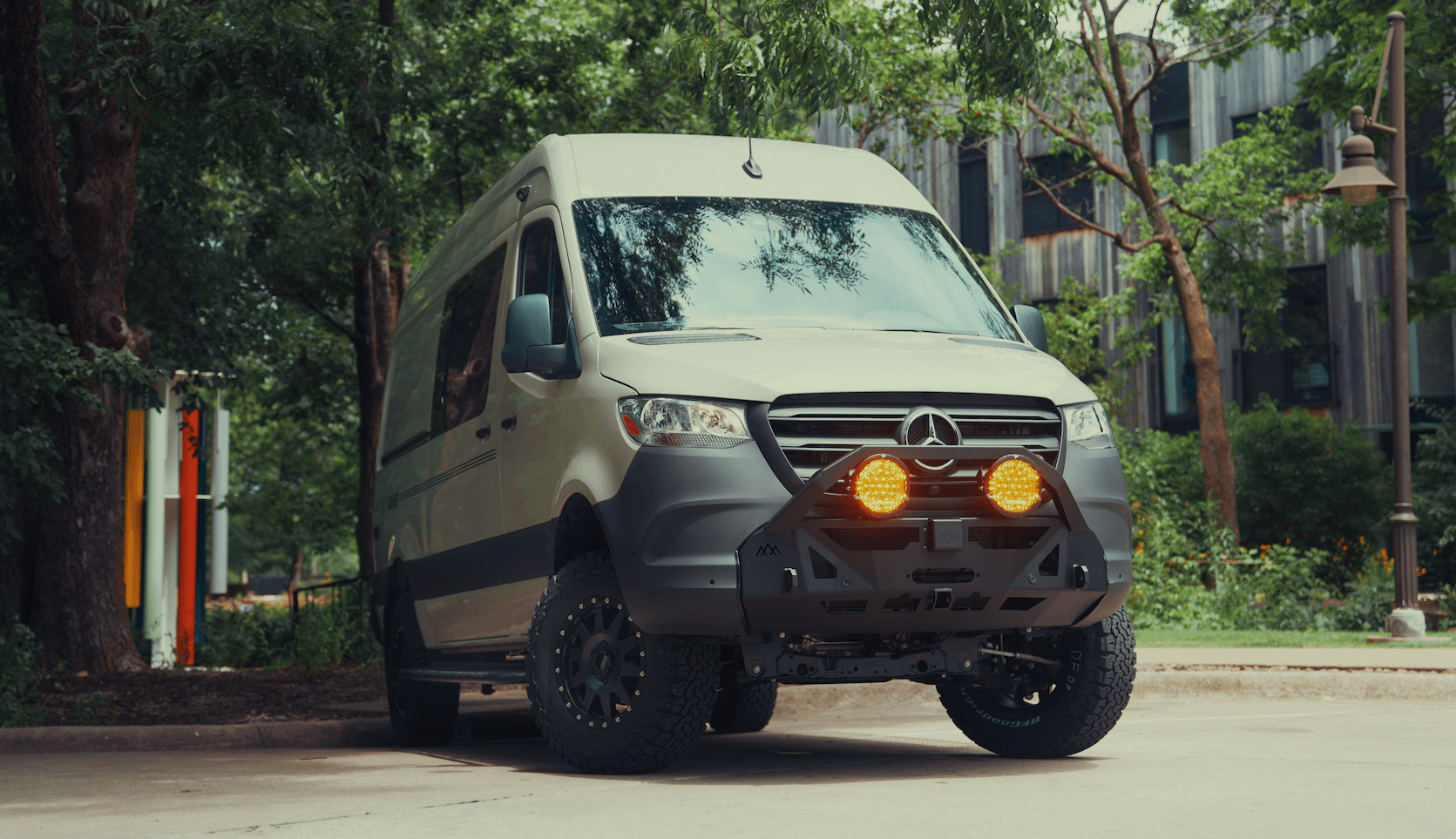Recreational Vans

Charging an E bike inside a van starts with simple math. Most packs land between 500 and 750 watt hours, with some commuter units near 400 and long range models above 900. Typical chargers output 2 to 4 amps at 36 to 52 volts, which translates to roughly 80 to 200 watts on the DC side. On the AC side your inverter sees about 100 to 250 watts per charger after efficiency losses.
Time matters. A 2 amp 36 volt charger might take four to six hours to fill a mid size battery. Fast chargers shorten that window but draw more power. When you plan for two bikes, budget the sum of both chargers running together for the likely charging duration.
A single 150 watt charger running four hours consumes about 600 watt hours from the battery bank. Two riders charging at the same time push that near 1.2 kilowatt hours. Inverters and chargers are not perfect, so add a 10 to 15 percent overhead to stay honest in your estimates.
Most bike chargers are fine on a pure sine inverter. A 600 watt unit handles two average chargers at once with headroom. If you run a high power fast charger, step to 1000 watts. Place outlets near the bike area so cords stay short and safe.
Think in watt hours, not just amp hours. A 12 volt 200 amp hour lithium bank stores around 2400 watt hours usable. If your nightly charge routine is 1200 to 1500 watt hours, that bank gives you one strong day without driving or plugging in. Riders who charge and cook on the same bank may want 300 amp hours or more.
A van can feed E bike charging from three main sources: alternator, solar, and shore power. The right mix depends on distance between rides, sun exposure, and access to outlets at trailheads or camps.
A DC DC charger rated 30 to 60 amps at 12 volts pushes roughly 360 to 720 watts into your house batteries while you drive. One hour of highway time can replace a full evening of E bike charging for one to two bikes. Use proper cable gauge, fusing, and ignition control so the system plays nice with the vehicle.
Four hundred watts of panels can yield 1.2 to 2.0 kilowatt hours on a sunny summer day, less in winter or shade. That is enough for one to two chargers if you manage timing. Morning rides followed by mid day charging let solar do the heavy lifting with minimal draw on the bank.
Any standard 15 amp campsite circuit supplies plenty for bike chargers and your onboard charger. A shore inlet paired with a smart charger keeps the house bank topped while your bikes fill. Use GFCI protected circuits and keep chargers off the floor to avoid splash hazards.
E bike charging is routine when the layout is thoughtful and safety is baked in. The small details pay off at the trailhead and back at camp.
Packs prefer mild temperatures. Avoid leaving batteries in direct sun or in a sealed van on hot days. Charge on a stable surface with airflow. A metal tray or tile shelf adds peace of mind and easy cleanup.
Install a dedicated outlet zone in the rear garage. Use GFCI protection, strain relief for cords, and short cable runs to reduce voltage drop and trip hazards. Label the circuit to make it easy to isolate if you need to work on it later.
Charging bikes while rolling is possible, but secure everything. Use tie downs for bikes, mount chargers, and ensure the inverter has proper ventilation. Many riders prefer to let the DC DC charger refill the house bank while driving and charge the bikes once parked.
You can do the power math with a notepad, but the execution inside a moving vehicle calls for clean wiring, correct breaker sizing, and equipment that tolerates heat, vibration, and dust. Thoughtful placement of outlets, inverters, and DC DC chargers prevents nuisance trips and keeps charging predictable on busy ride days. If your travel includes long stretches between plugs, combining a right size lithium bank with alternator charging and a modest solar array gives you dependable energy for bikes, cold food, and cabin comfort without a generator.
A smart layout also respects living space. Keeping chargers and cords in the rear means the cabin stays uncluttered. Building a small ventilated compartment for portable chargers hides the gear yet makes it easy to access. That same compartment can house a fire rated detector and a compact extinguisher for a layered safety plan.
If you want a cohesive system that supports bikes, cooking, and climate control, consider a full van power design that includes serviceable access panels and clear labeling. This is especially helpful when someone else in your crew needs to find the correct switch or breaker in the dark.
Explore how our team configures adventure ready power on the recreational vans page. For tailored layouts with bike specific storage and charging zones, see custom van build. Shoppers who want a platform that finances can review mainstream vans to match budget and range needs.
You bring the ride plan. We map the power. OZK Customs designs and installs van energy systems that make E bike charging easy and safe, from inverter selection to outlet placement and labeled panels. Based in Fayetteville Arkansas, our team hands off every build with a walkthrough so you leave confident and ready to ride.
Submit the form to start your custom power plan. We will size your bank, spec the inverter, and integrate alternator and solar so your bikes are always ready for the next climb.
Ready to power your bikes without guesswork? Tell us how you ride and we will blueprint a quiet, efficient charging system that fits your van, your routes, and your budget. Submit the form to start your custom plan.
ADDRESS:
6159 E Huntsville Rd, Fayetteville, AR 72701
PHONE:
(479) 326-9200
EMAIL:
info@ozkvans.com